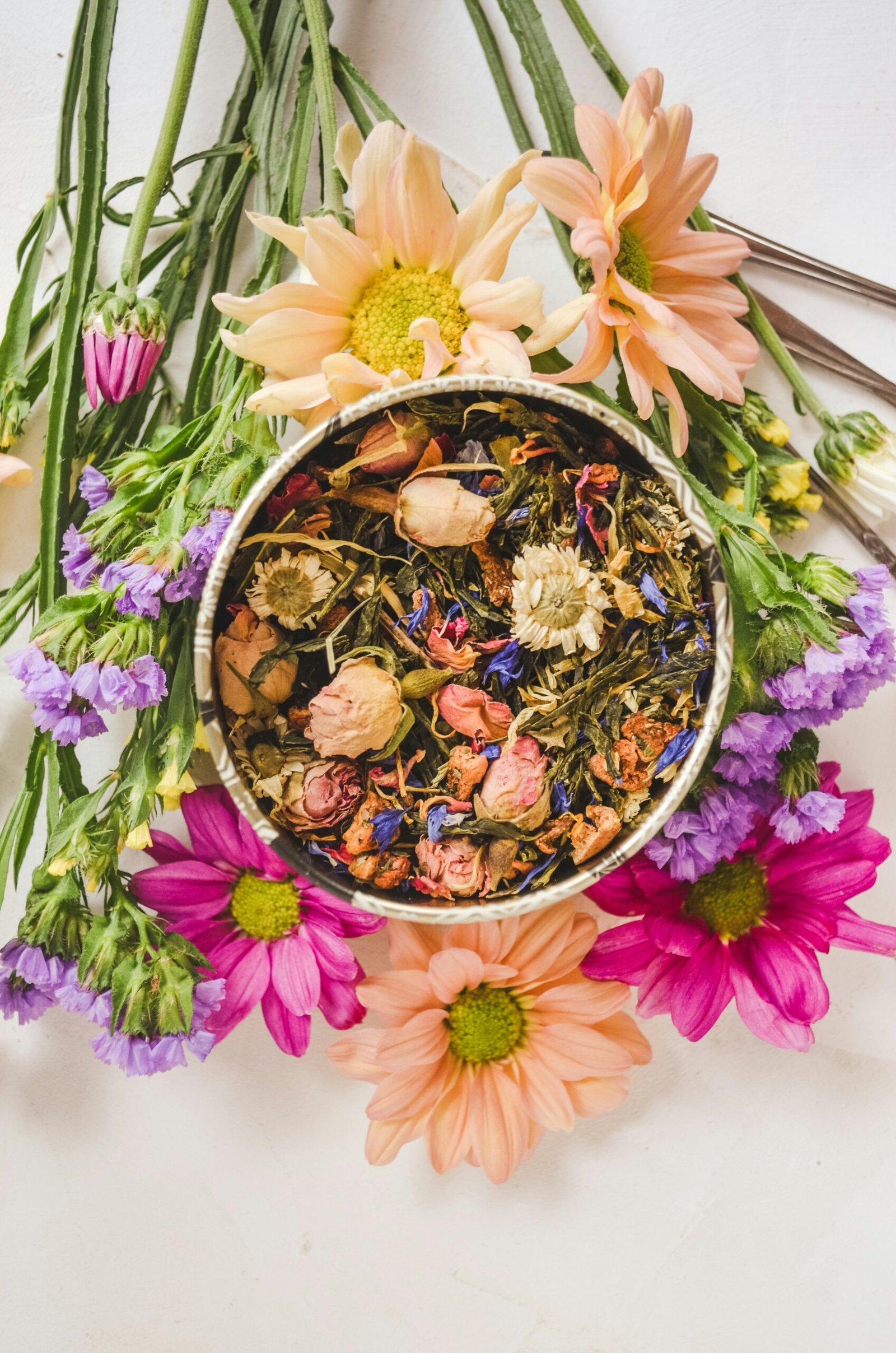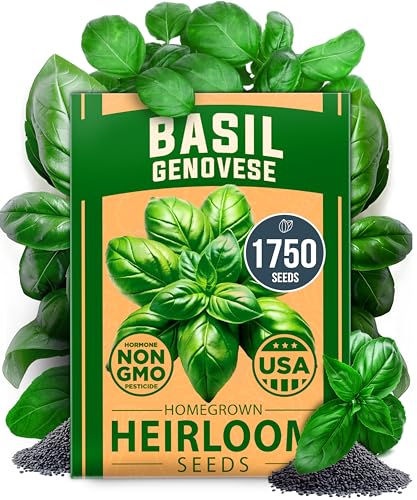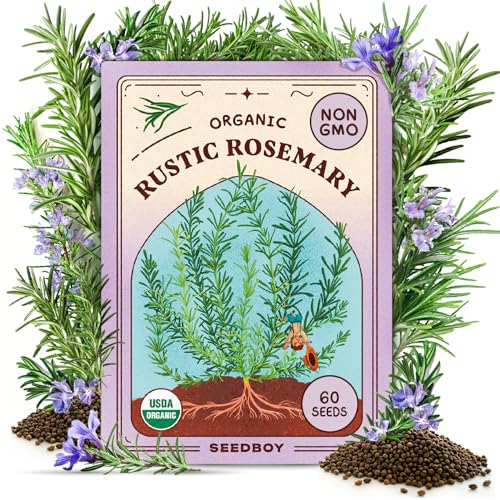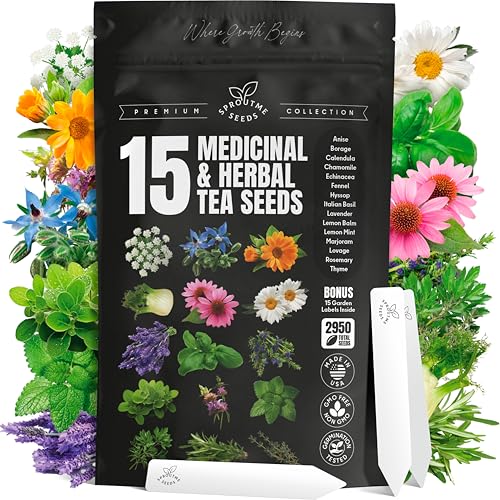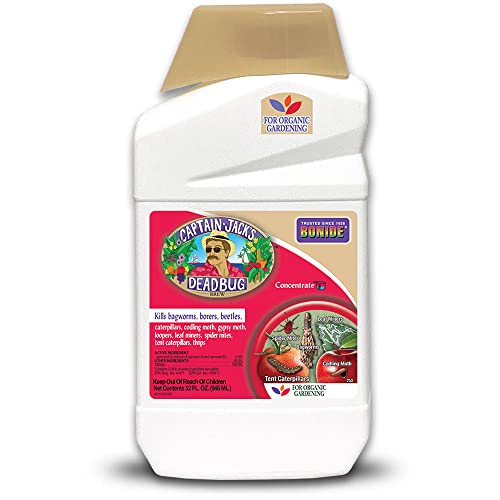
Understanding Medicinal Herbs: Benefits and Uses
Medicinal herbs have played a crucial role in human health and healing for centuries, transcending cultures and generations. From ancient civilizations to modern societies, the utilization of these powerful plants has provided a natural means of treating various ailments and maintaining wellness. Today, there is a growing interest in herbal remedies, driven by a desire for more natural, accessible health solutions that complement traditional medicine. This heightened awareness is rooted in the therapeutic properties of herbs, such as thyme, which have been recognized for their potential to support various aspects of health.
Common medicinal herbs encompass a wide array of plants, each endowed with unique benefits. For instance, thyme is not only a popular culinary herb but also possesses antimicrobial and anti-inflammatory properties, making it beneficial for respiratory health and digestion. Other well-known herbs include chamomile, known for its calming effects; ginger, which aids in digestion and alleviates nausea; and peppermint, recognized for its soothing qualities on the stomach. By understanding the benefits of these herbs, individuals can make informed decisions about which plants to cultivate in their gardens and how to integrate them into their daily health practices.
The science behind herbal medicine forms a foundational aspect of this exploration. Research continues to unveil the compounds found in these plants, highlighting their potential effects on the human body. Understanding the active constituents—such as essential oils and flavonoids—alongside traditional knowledge can enhance the efficacy and safety of using herbs for medicinal purposes. It is essential for aspiring herbalists to grasp not only the uses but also the proper methods of preparation, dosing, and contraindications associated with each herb. By equipping oneself with this knowledge, the journey into the world of medicinal herbs becomes a rewarding endeavor focused on wellness and holistic health.
Choosing the Right Herbs for Your Garden
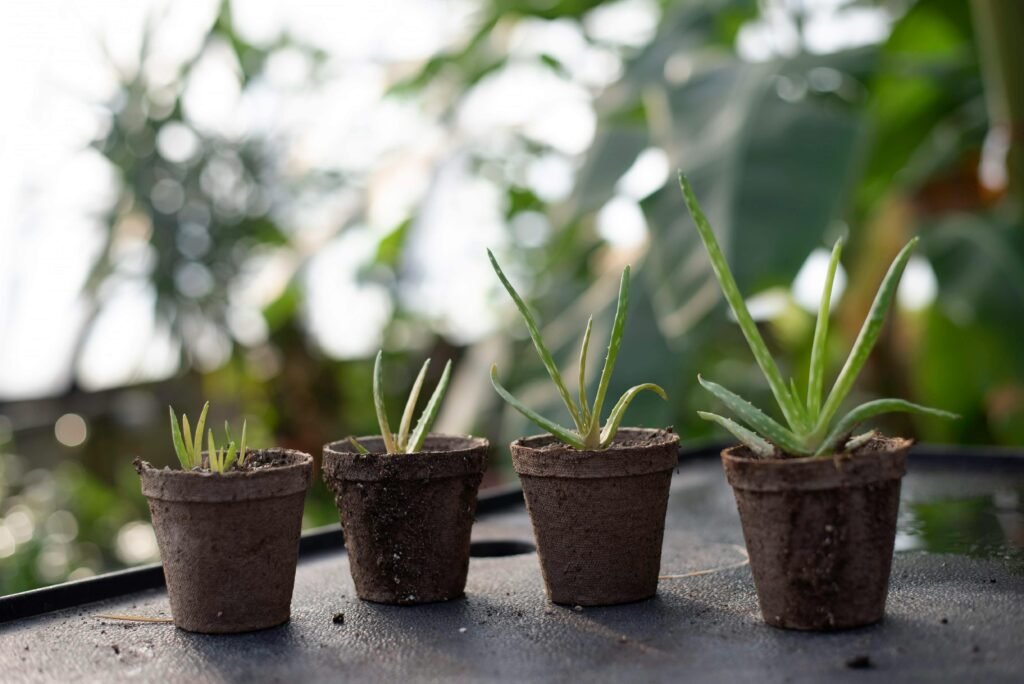
When embarking on the journey to cultivate medicinal herbs, selecting the appropriate varieties for your garden is crucial. Several factors play an essential role in this decision-making process, including climate compatibility, available space, and personal health interests. Understanding these elements will enhance your gardening experience and guarantee that you choose herbs that thrive in your environment.
Your local climate significantly influences the types of herbs you can successfully grow. For instance, some herbs like thyme and basil prefer warmer temperatures, while others, such as mint and chamomile, can tolerate cooler conditions. Researching local climate zones can help you determine which herbs are most likely to flourish in your regions, such as thyme, which is hardy and drought-resistant, making it ideal for many gardens. Additionally, considering the amount of sunlight available each day will further refine your choices, as most medicinal herbs thrive with at least six hours of direct sunlight.
Space availability is another essential factor. If you have a small garden or limited outdoor space, consider growing herbs in containers, which allows for flexible arrangement and easy relocation as needed. Many herbs, including thyme, are well-suited for container gardening, requiring only moderate soil depth and good drainage. Prioritize herbs that fit your available space, ensuring they have room to spread as they grow.
Lastly, reflect on your personal health interests and how you plan to use these herbs. Selecting herbs that you frequently utilize in cooking or for home remedies will ensure that you remain engaged in their care and harvest. Some of the easiest-to-grow herbs for beginners include thyme, rosemary, and lemon balm, each offering a variety of culinary and medicinal benefits. By considering climate, space, and personal preferences, you can create a thriving garden filled with herbs that will enhance your well-being. Below are links to the herbs mentioned above if interested:
Tips for Herbal Gardens
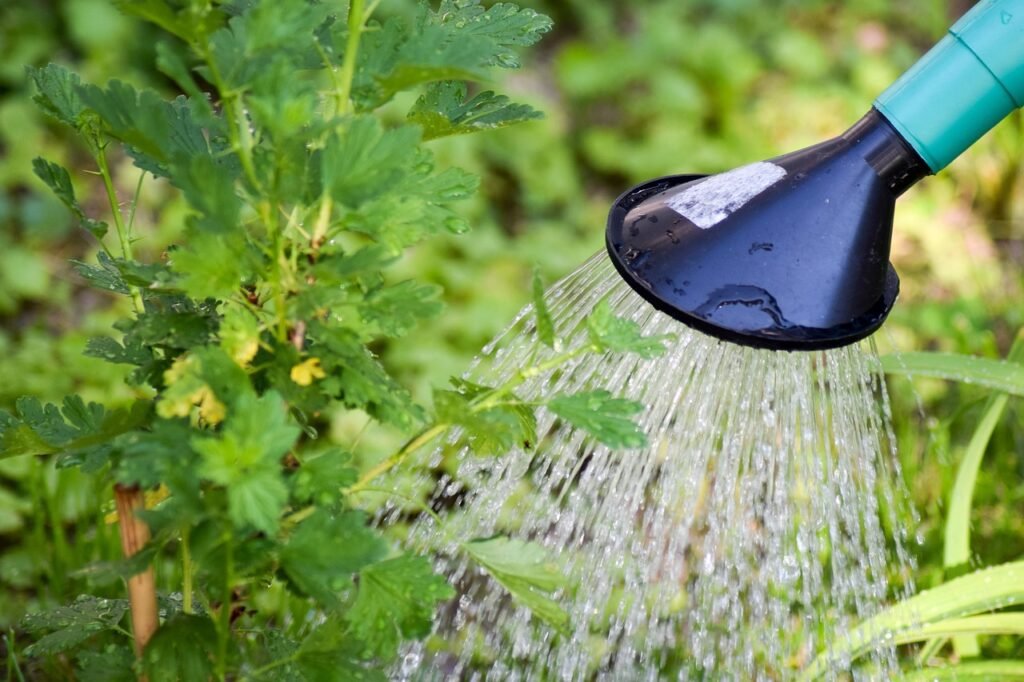
Starting an herbal garden requires careful planning and understanding of the specific needs of the plants you wish to cultivate. One of the first steps in establishing a successful herb garden is soil preparation. Herbs thrive in well-drained soil rich in organic matter. Before planting, consider testing the soil to determine its pH level and nutrient content. Amend the soil with compost or well-rotted manure to enhance its fertility. In addition, incorporating perlite or sand can improve drainage, ensuring that thyme and other herbs do not become waterlogged.
Sunlight is crucial for the growth of medicinal herbs. Most herbs, including thyme, prefer full sun, which means they should receive at least six hours of direct sunlight per day. When planning your garden layout, choose a location that offers ample sunlight exposure while also considering the seasonal changes in light. If your garden is partially shaded, opt for shade-tolerant herbs like mint or chives, which can still thrive under such conditions.
Watering practices will also significantly impact the success of your herbal garden. Herbs generally require moderate watering, with the foundation being to allow the top inch of soil to dry out between waterings. Overwatering can lead to root rot, particularly in herbs such as thyme that prefer drier conditions. It is advisable to water early in the morning or late afternoon to minimize evaporation. Carefully monitor the moisture levels, especially during hot or dry spells.
Pest management is essential in maintaining the health of your herbs without the use of harmful chemicals. Encourage beneficial insects, such as ladybugs, which feed on pests such as aphids. Also, natural deterrents like neem oil or insecticidal soap can be employed safely. When propagating thyme and other herbs, consider three main methods: sowing seeds, taking cuttings, or transplanting established plants. Each method offers unique advantages, allowing you to expand your garden sustainably. With these practices in mind, beginners can cultivate a flourishing herbal garden filled with vibrant and healthy plants. Here is a few of the items listed above:
Harvesting Your Medicinal Herbs

Successfully growing medicinal herbs is only the first step in harnessing their benefits. Proper harvesting techniques play a crucial role in maintaining the potency and efficacy of the plants. The ideal time for harvesting herbs is typically in the morning, after the dew has dried but before the sun reaches its peak intensity. This timing helps to preserve the essential oils and flavors, enhancing the therapeutic properties of the herbs. For instance, thyme, known for its numerous medicinal benefits, should be harvested just before flowering, as this is when the concentration of beneficial compounds is at its highest.
Once harvested, the next step is drying the herbs correctly. There are several techniques for drying, including air drying, using a dehydrator, or an oven set to a low temperature. Air drying is often preferred for delicate herbs, allowing them to maintain their integrity and aroma. For thyme and similar herbs, simply cutting the stems and hanging them upside down in a cool, dark place can be highly effective. It is essential to ensure the herbs are completely dry before storage to prevent mold and preserve quality.
After drying, proper storage methods are critical. Keep your dried herbs in airtight containers placed in a cool, dark location. Glass jars, brown paper bags, or vacuum-sealed bags can help maintain freshness and potency. Additionally, when preparing herbal remedies such as teas, tinctures, and salves, using high-quality, properly stored herbs ensures the best outcomes. For instance, steeping dried thyme in hot water can create a soothing tea that aids digestion.
Ethical harvesting practices are equally important. Always ensure sustainable use of the herbs you grow, avoiding overharvesting and contributing to the ecosystem’s balance. By understanding the best practices for harvesting and utilizing your herbs, you can fully integrate thyme and other medicinal herbs into your wellness routine, fostering a healthier lifestyle.

